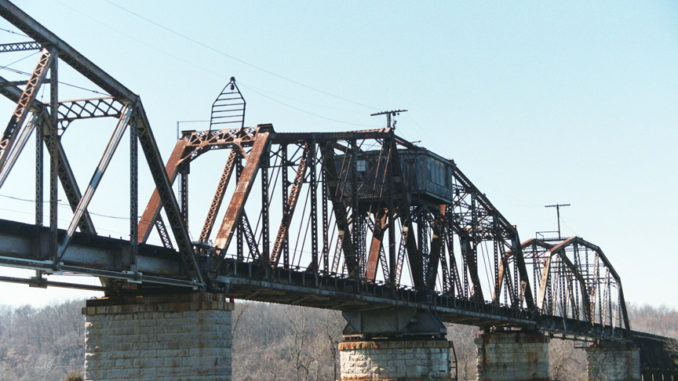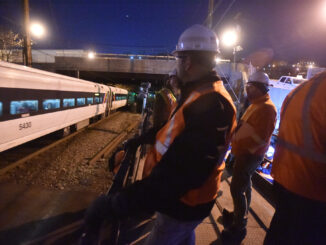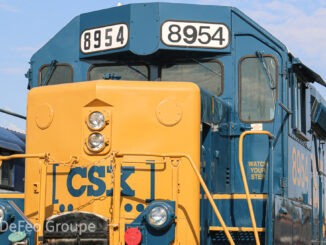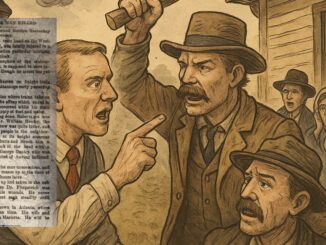
By all accounts, August 6, 1860, started as a typical Monday. But, by the time Benjamin Bartle eased the locomotive W. B. Munford onto the bridge crossing the Cumberland River in Clarksville, Tennessee, he was entering the annals of history.
His train was the first to cross the bridge, a major hurdle in building a vital portion of the rail line linking Memphis and Louisville.
During the day, word spread throughout the town that a train would cross the bridge that evening. Crowds gathered to witness this moment nearly a decade in the making. The excitement was assuredly palpable. The locomotive, a steam engine of typical size for its day, pulled a single passenger coach for the journey.
Some number of participants — between a dozen or 150 depending on the source — “mounted upon the engine and tender” to be a part of the historic first ride. Hundreds more wanted to participate, but succumbed to their fears and opted to watch from terra firma.
The crossing was a success. And, while it marked the conquering of a natural obstacle along the Memphis, Clarksville & Louisville Railroad’s route, it was equally noteworthy to think this development came less than a century after the first permanent settlement in the area.
People today see this remarkable bridge spanning the river and recognize it as a landmark of Clarksville, but few realize its history and the role it played in building this vital link.
Boats vs. the Bridge
Even as the bridge was under construction, its craftsmanship was tested. Riverboat captains were apparently upset at the prospect of a bridge passing over the river and potentially killing their livelihood.
Many accounts indicate riverboat captains routinely crashed into the then-under construction piers in a bid to stop construction. Opponents of the railroad also placed obstacles in the way of the bridge, hoping to slow progress.
In October 1873, a steamboat crashed into the bridge, knocking down the draw section.





